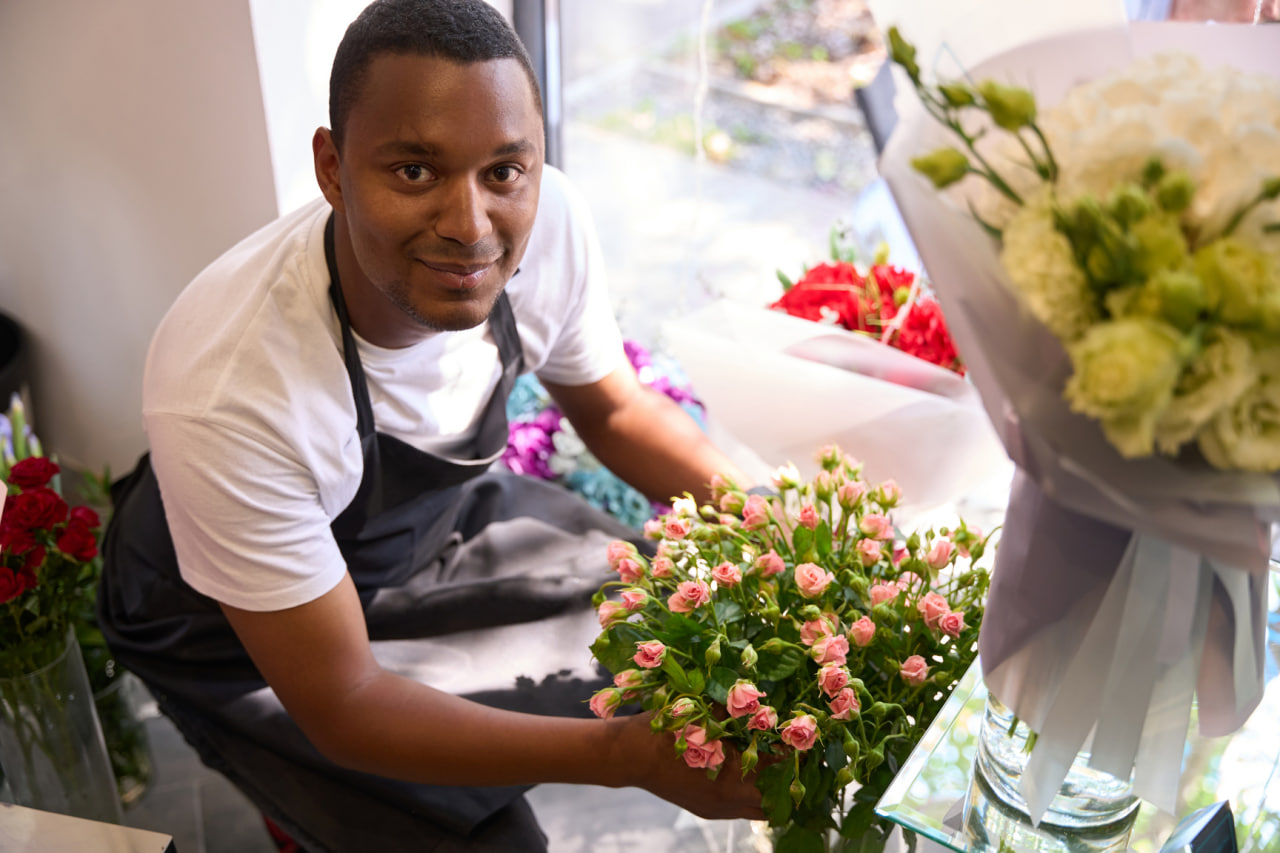The Art of the Bridal Bouquet: Design Principles and Inspiration
Understanding the Role of the Bridal Bouquet
The bridal bouquet is more than just a collection of flowers—it is a statement piece that reflects the bride’s personality, complements the wedding attire, and ties together the overall theme of the celebration. It serves as both a visual focal point and a deeply symbolic element, often representing love, beauty, and new beginnings. A thoughtfully designed bouquet can enhance the bride’s presence, photograph beautifully, and become one of the most cherished keepsakes from the wedding day.
Key Design Principles for a Stunning Bouquet
When creating a bridal bouquet, certain design principles guide the process to ensure balance, harmony, and visual appeal. The first is proportion—ensuring the bouquet complements the bride’s height, dress silhouette, and overall style. A petite bride in a slim gown may prefer a smaller, more delicate arrangement, while a dramatic ball gown might call for a larger, fuller bouquet. Color harmony is another essential principle. The flowers should coordinate with the wedding’s color palette, the season, and the bride’s complexion. Texture and movement add depth and interest, combining smooth petals with airy foliage, trailing vines, or unique elements like berries and seed pods. Lastly, the bouquet should have a sense of balance, whether symmetrical or intentionally asymmetrical, to maintain visual flow.
Exploring Bouquet Styles and Shapes
Different bouquet shapes convey distinct moods and aesthetics. The classic round bouquet offers a timeless, symmetrical look that works well with traditional weddings. Hand-tied bouquets, often looser in structure, give a more natural and organic feel, perfect for rustic or bohemian themes. Cascade bouquets create a dramatic, flowing effect, ideal for formal weddings and statement-making entrances. For modern brides, structural bouquets with unique angles and focal blooms provide a contemporary twist. Understanding these styles helps in choosing a design that aligns with the wedding vision.
Choosing the Right Flowers for the Bouquet
Flower selection is influenced by seasonality, personal preferences, and symbolic meanings. Roses remain a popular choice for their timeless beauty and association with romance. Peonies, with their lush and romantic appearance, are perfect for spring and early summer weddings. For an airy and delicate touch, ranunculus and sweet peas offer layers of texture. Seasonal flowers not only ensure freshness but can also help manage the budget. Incorporating meaningful flowers—such as blooms from a family garden or those that hold cultural significance—adds a personal and sentimental dimension to the bouquet.
Adding Unique and Personal Touches
Personalization transforms a beautiful bouquet into something truly one-of-a-kind. This could include wrapping the stems with fabric from a loved one’s dress, incorporating heirloom brooches or charms, or weaving in ribbons in the wedding’s color scheme. Brides might also include herbs, symbolic foliage, or even feathers for a distinctive flair. These details make the bouquet not only visually stunning but also emotionally significant, connecting it deeply to the couple’s love story.
Inspiration from Trends and Timeless Designs
While trends in bridal bouquets evolve, many design concepts remain timeless. Current trends include wildflower-inspired arrangements, monochromatic bouquets in bold colors, and textural designs featuring dried elements. However, classic white and blush combinations, elegant roses, and lush greenery continue to hold their place in wedding traditions. Drawing inspiration from both modern and timeless ideas allows brides to create a bouquet that feels personal, stylish, and everlasting in its beauty.
Working with a Skilled Florist
Collaboration with an experienced florist is key to bringing a bridal bouquet vision to life. A professional can offer guidance on flower availability, durability, and how different blooms will hold up throughout the day. They can suggest complementary foliage, advise on bouquet shape for specific gowns, and ensure the design aligns seamlessly with the wedding theme. By communicating clearly and sharing inspiration images or mood boards, brides can ensure their bouquet is a perfect reflection of their style and the romance of their day.

